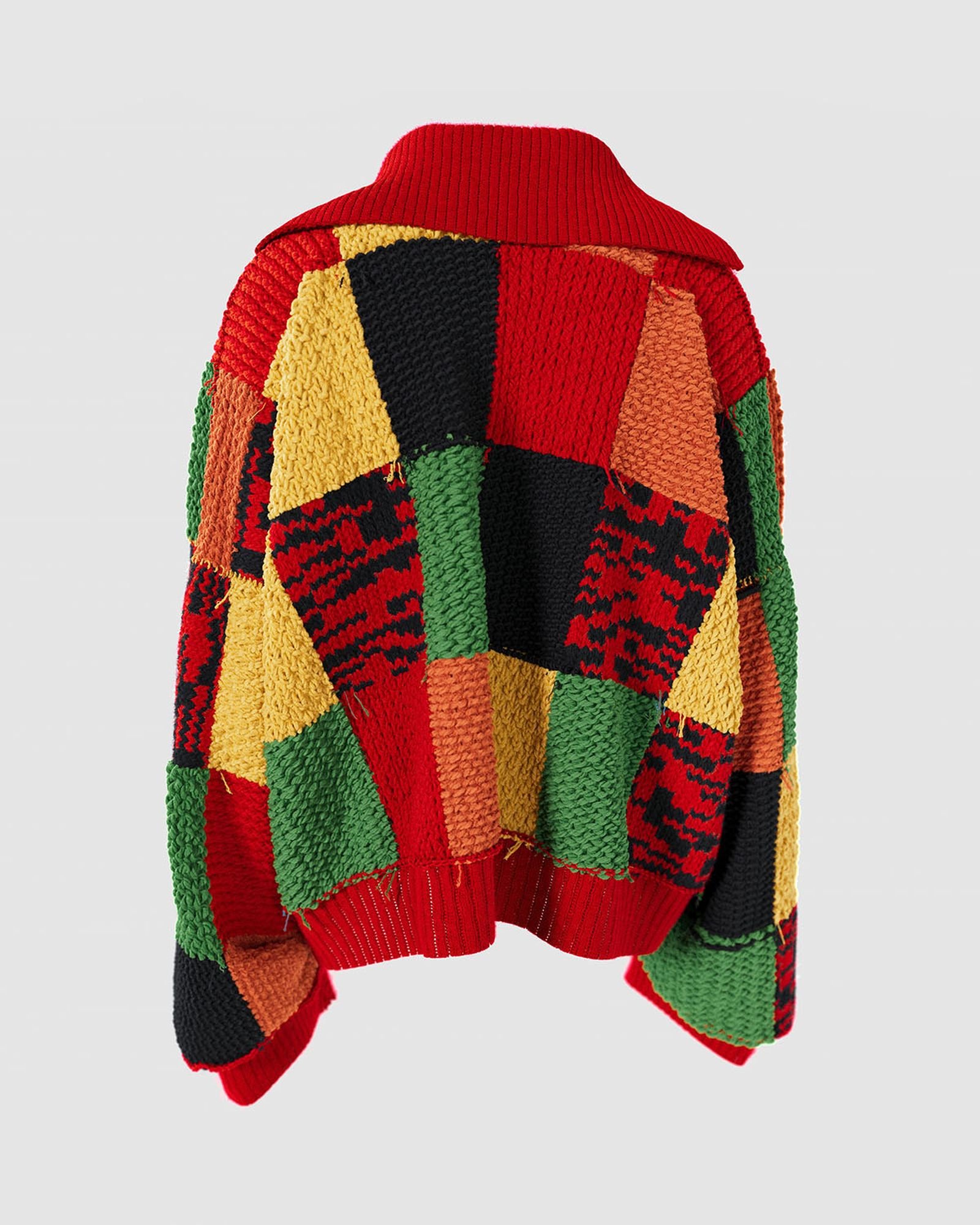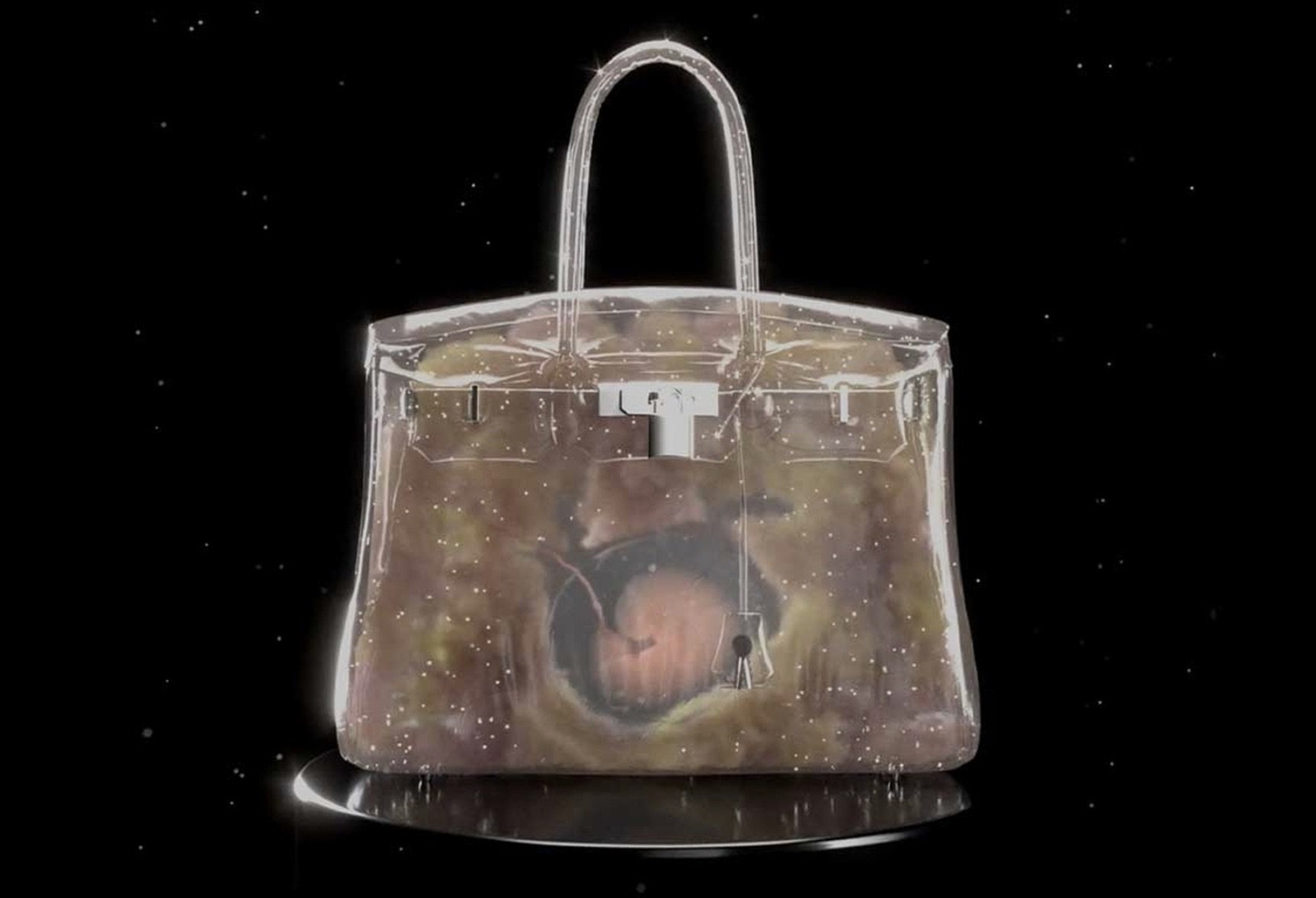Fashion in the Metaverse: Will NFTs Take Over Real Garments?
Milan is currently in the midst of its Men’s Fashion Week A/W 2022, whose first edition took place decades ago in 1958. However, we should soon start getting used to a whole new, parallel form of fashion that deviates from the traditional one: a virtual way of doing fashion is on the way.
This new, potentially sweeping revolution can be summarized in three letters: NFT. That is the acronym for non-fungible token: a unique, virtual, blockchain-based certificate of ownership of an underlying asset. The latter can be anything virtual – a GIF, a tweet, a digital work of art, or a piece of clothing. The entire point of owning NTFs is retaining ownership of the original underlying asset, instead of a physical copy of it, and they are mostly purchased with cryptocurrencies (even though credit card methods are becoming increasingly popular due to their higher accessibility).
In 2021, luxury Maisons have started exploring this new virtual world. By being originals, only one copy of NFT per asset exists, meaning that their scarcity could make them really valuable over time – as is the case with traditional art. Moreover, NFTs of garments can fully resemble real clothes, characteristic that makes non-fungible tokens not only close to art, but also to real fashion. The challenge that brands are however currently facing is how to make consumers interested in purchasing their virtual skirts and sneakers, rather than going for their real-life version.
Virtual collections should not in fact just be the cherry on top, for several reasons.
JW Anderson NFT jumper
First of all, NFTs could become a proper source of revenue, as proven by the first sales by established labels. For example, Jonathan Anderson, with his brand JW Anderson, has recently auctioned an NFT of the patchwork cardigan worn once by Harry Styles and that has since then become famous. The digital version took more than 300 hours to recreate and was sold for approximately $7,500 (the proceeds will be donated to a charity that supports LGBTQ+ youth).
In September 2021, Dolce&Gabbana sold a nine-piece collection of NFTs for almost $5.7 million. The buyers of the virtual pieces also received the physical version of the garments, a strategy that might become a common way of selling NFTs. However, thanks to this trick D&G managed to sell a single suit for a little over $1 million, making it the most valuable suit that the brand has ever sold.
Dolce&Gabbana
An additional reason why brands should strive to create more virtual clothes is what I consider to be the most interesting side of NFTs: they provide brands with the chance of creating pieces of clothing that are impossible to be designed in real life. In fact, instead of reproducing already-existing items in virtual form (as in the cases of JW Anderson and D&G of before), it would be extraordinary to see the creativity of designers exploited to the fullest, which is possible since NFTs strip the constraints of the boundaries of real life.
This is The Fabricant’s approach, a digital-only fashion house that has mesmerizing virtual collections with designs that look completely fantastic.
A way labels could increase the interest of consumers towards their virtual collections is by creating NFTs with an actual utility, for example by turning the NFT of a specific garment into an Instagram filter. The owner could then take real pictures wearing that specific, albeit virtual, piece of clothing. And this may work since many items are bought only for the social media-driven hype around them.
RTFKT is also following this strategy, another- and actually the first-ever - virtual brand which is specialized in sneakers. The brand was acquired by Nike at the end of 2021. As part of a collaboration in February 2021, RTFKT designed three styles of virtual shoes that could be tried on via Snapchat: 600 pairs were sold in under seven minutes, with total revenue of $3.1 million.
However, regardless of the ample room for creativity, the avantgarde and increased revenues, NFTs do come with a drawback: as previously mentioned, they require the use of crypto, both to purchase and to create the tokens. Crypto, in turn, is mined by computers which need an intensive use of energy, which eventually translates to into high emissions of carbon if no clean sources are used.
Counterfeit Baby Birkin






